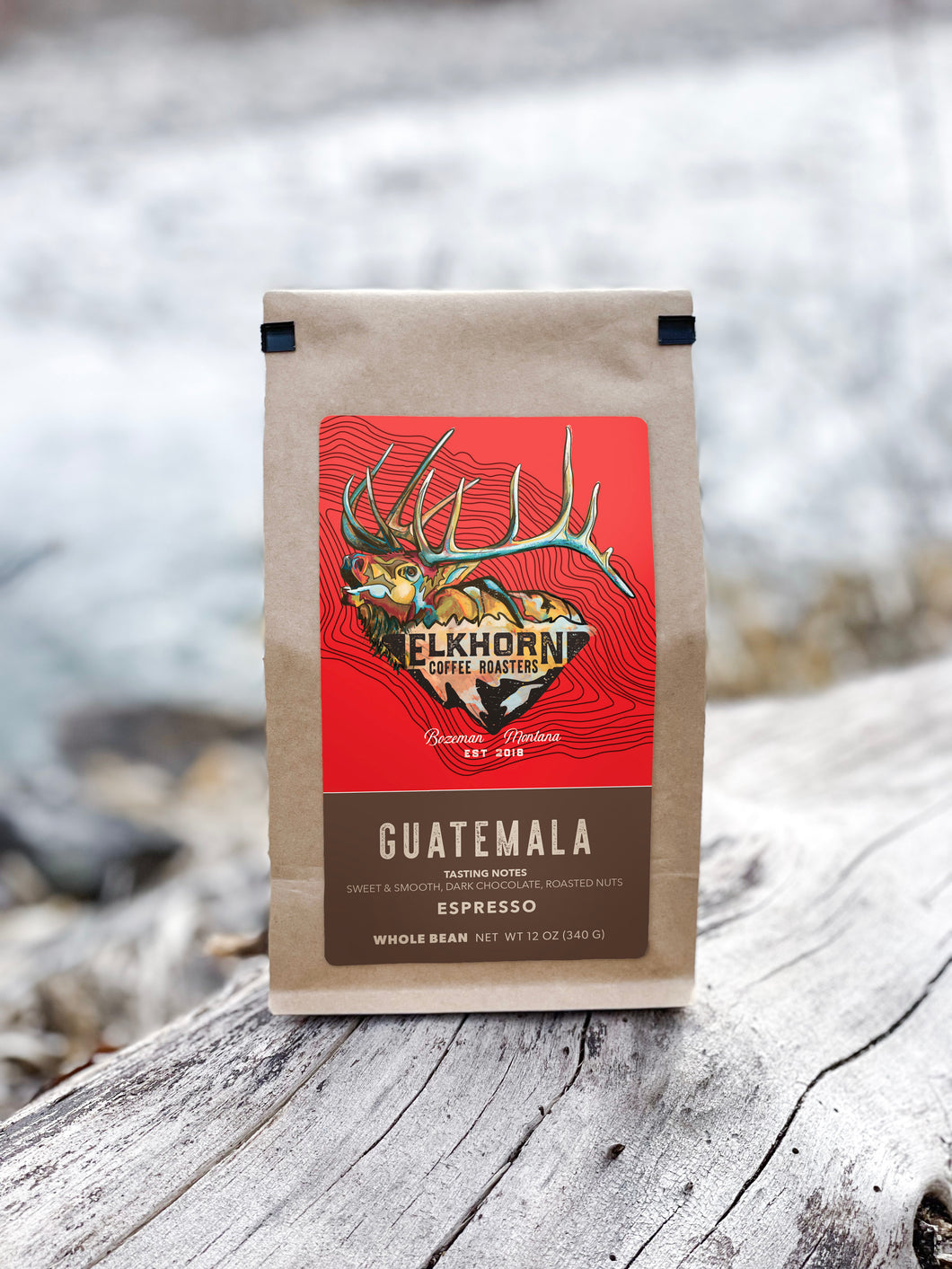Understanding Coffee Beans: the Journey From Espresso to Blended Coffee Beans

The Beginnings of Coffee: A Worldwide Point Of View
While you might assume of coffee as a contemporary staple, its beginnings trace back centuries, intertwining with societies across the world. The tale begins in Ethiopia, where legend states a goat herdsman called Kaldi uncovered the invigorating effects of coffee beans after discovering his goats romping vigorously after eating them.
As trade routes broadened, coffee made its means to Europe in the 17th century, quickly acquiring appeal. It transformed from a mystical drink into a day-to-day routine, intellectual exchanges and inspiring gatherings. Each culture added its unique spin to coffee prep work, improving its background. This global journey highlights exactly how coffee attaches us, transcending borders and uniting diverse traditions through an easy bean.
Farming and Harvesting of Coffee Beans
As coffee's journey developed, the focus shifted to the cultivation and harvesting of particular bean selections, particularly those used for espresso. You'll locate that coffee beans often come from Arabica or Robusta plants, each offering unique flavors. The suitable expanding problems include high elevations and rich, well-drained soil, which enhance the beans' top quality.
During the harvest, selecting approaches vary. Timing is important; you want to collect when the cherries get to peak ripeness for maximum flavor.
Once harvested, the beans are planned for handling, which is vital in establishing their last taste. Understanding the farming and gathering processes gives you understanding into what goes into your favored espresso, improving your admiration for every cup.
Handling Techniques: From Cherry to Bean
Currently that you've learnt more about collecting espresso beans, let's discover just how those cherries change into the coffee beans you like. You'll see just how different harvesting strategies influence flavor, adhered to by the necessary steps of fermentation and drying. We'll damage down the milling and grading process that identifies your coffee's quality.
Collecting Techniques Described
When it comes to coffee, recognizing harvesting techniques is important, given that they directly affect the taste and top quality of the beans you delight in. There are 2 primary techniques: discerning picking and strip picking. Discerning picking involves hand-picking only ripe cherries, guaranteeing you get the very best top quality beans. This method commonly results in a richer flavor profile, though it's more labor-intensive. On the other hand, strip choosing ways collecting all cherries simultaneously, despite perfection. While it's quicker and cheaper, this can result in a mix of tastes, affecting the final product. Eventually, the choice of collecting method can substantially affect your coffee experience, so it deserves recognizing how those beans made it to your cup.
Fermentation and Drying Out
After gathering, the following action in handling coffee beans play a considerable function in shaping their flavor. You'll find that fermentation is important, as it helps damage down the mucilage surrounding the beans, enhancing their preference account. Relying on the approach, this procedure can last from a few hours to numerous days, with differing outcomes based on temperature and moisture.
When fermentation is complete, drying out follows, which is equally vital. You can select from sun-drying or mechanical drying approaches. Sun-drying allows the beans to take in tastes from the atmosphere, while mechanical drying warranties regular dampness levels despite weather condition. Proper drying out is necessary to prevent mold and mildew and preserve the beans' top quality, eventually influencing your cup of coffee.
Milling and Grading Refine
As fermentation and drying out set the phase for flavor development, the milling and grading process guarantees that only the finest coffee beans make it to your mug. This phase entails removing the external layers of the coffee cherry, including the parchment and husk. High-grade beans obtain a greater quality, resulting in a richer coffee experience.
Toasting Strategies: Opening Taste Possible
When you roast coffee beans, the technique you pick can considerably influence the flavor profile. Comprehending the connection between time, temperature, and roasting strategies is key to revealing the potential of your brew. Allow's discover how these elements collaborated to develop the excellent mug.
Toasting Methods Discussed
While you might assume that all coffee roasting techniques yield the same results, the reality is that each technique exposes one-of-a-kind flavor possibilities in the beans. Drum roasting utilizes a rotating drum to uniformly disperse warmth, enhancing caramelization and generating a balanced flavor. Air roasting, on the various other hand, flows hot air around the beans, promoting a lighter roast with noticable level of acidity.

Influence On Flavor Account
Different toasting methods not only affect the procedure yet additionally substantially influence the taste account of the coffee beans. Dark roasts, on the various other hand, bring out strong, smoky flavors, in some cases concealing the bean's one-of-a-kind features. Recognizing these subtleties assists you value the artistry behind your mug of coffee, improving your general experience with every sip.
Time and Temperature Elements
To release the complete flavor potential of coffee beans, both time and temperature throughout the toasting process play substantial duties. When toasting, you'll discover that higher temperature levels can swiftly establish flavors, yet if you hurry it, you might end up with burned notes. Alternatively, lower temperature levels enable a more steady taste development, showcasing the beans' unique characteristics.

Timing is equally as crucial; extending the roast as well long can lead to a loss of acidity and brightness, while as well short a roast may leave the beans underdeveloped. Locating that look at this website wonderful place calls for method and experimentation. By changing these factors, you can expose the abundant, complex flavors concealed within each bean, creating a genuinely remarkable coffee experience.
The Art of Mixing: Crafting One-of-a-kind Coffee Profiles

Beginning by selecting a base coffee that offers a solid foundation. A bright Ethiopian bean can bring fruitiness, while a rich Brazilian coffee adds body.
As you blend, keep in mind that each combination informs a tale. You're not simply making coffee; you're developing an experience. Take your time, preference often, and take pleasure in the trip of discovering your trademark mix - Single Origin Espresso.
Brewing Methods: How Preparation Influences Flavor
Mixing coffee opens up a domain of taste possibilities, yet exactly how you brew that mix can significantly influence your final mug. On the other hand, a pour-over highlights the coffee's quality and brightness, excellent for showcasing fragile notes.
Coffee, with its high stress, creates a concentrated shot that emphasizes sweetness and crema. If you favor a lighter brew, take into consideration a chilly mixture technique; it produces a smooth, less acidic preference.
Readjusting variables like water temperature, grind dimension, and make time can change your coffee's profile. Welcome the art of brewing to find the tastes hidden in your coffee blends.
The Future of Coffee: Sustainability and Technology
As the coffee industry evolves, sustainability and advancement are becoming crucial for attending to ecological challenges and meeting customer needs. You'll see that even more coffee business are taking on environment-friendly techniques, from sourcing beans ethically to executing lasting farming strategies. These changes not just help the world however additionally boost the quality of the coffee you take pleasure in.
You may see innovations like biodegradable packaging and water-saving brewing techniques that minimize waste. Advanced modern technology, such as blockchain, is additionally becoming popular, making sure openness in the supply chain, which enables you to map your coffee back to its origins.
Furthermore, purchasing regional why not find out more areas and sustaining farmers via reasonable profession campaigns cultivates a much more lasting coffee ecological community. As you drink your following mug, keep in mind that your options can add to a brighter future for coffee. By deciding for lasting brands, you're not just delighting in a beverage; you're making a positive influence on the world.
Frequently Asked Questions
What Is the Difference Between Arabica and Robusta Beans?
Arabica beans are smoother, sweeter, and have a greater level of acidity, while robusta beans are stronger, more bitter, and have more high levels of caffeine. You'll see these distinctions in flavor and aroma when making your coffee.
How Does Elevation Affect Coffee Bean Flavor?
Elevation impacts coffee bean taste substantially. Higher altitudes produce beans with brighter level of acidity and complicated flavors, while lower elevations usually generate beans that are heavier and much less nuanced. You'll discover these distinctions in your cup!
What Are the Wellness Advantages of Alcohol Consumption Coffee?
Consuming coffee can enhance your energy, boost mental emphasis, and also enhance physical efficiency. It's abundant in antioxidants, may reduce the threat of certain illness, and can advertise a healthier metabolic rate when consumed in small amounts.
Can Coffee Beans Be Reused for Brewing?
Yes, you can recycle coffee beans for developing, but the flavor may be weaker. If you take pleasure in experimenting, try reusing them in various means, like cold brews or including in learn the facts here now smoothies for an additional kick.
Just how Should I Shop Coffee Beans for Freshness?
To keep your coffee beans fresh, keep them in an impermeable container in an amazing, dark area. Stay clear of exposing them to warmth, light, or dampness, as these factors can swiftly weaken their taste and fragrance.
Understanding Coffee Beans: the Journey From Espresso to Blended Coffee Beans.
Now that you've discovered regarding gathering coffee beans, allow's check out exactly how those cherries change right into the coffee beans you enjoy.When you roast coffee beans, the approach you pick can dramatically impact the flavor profile - Single Origin Espresso.While you might believe that all coffee roasting techniques yield the same results, the truth is that each technique discloses one-of-a-kind taste possibilities in the beans.Various toasting approaches not just influence the process but also significantly impact the flavor profile of the coffee beans
Comments on “A Starter’s Guide to Understanding SOE Single Origin Espresso”